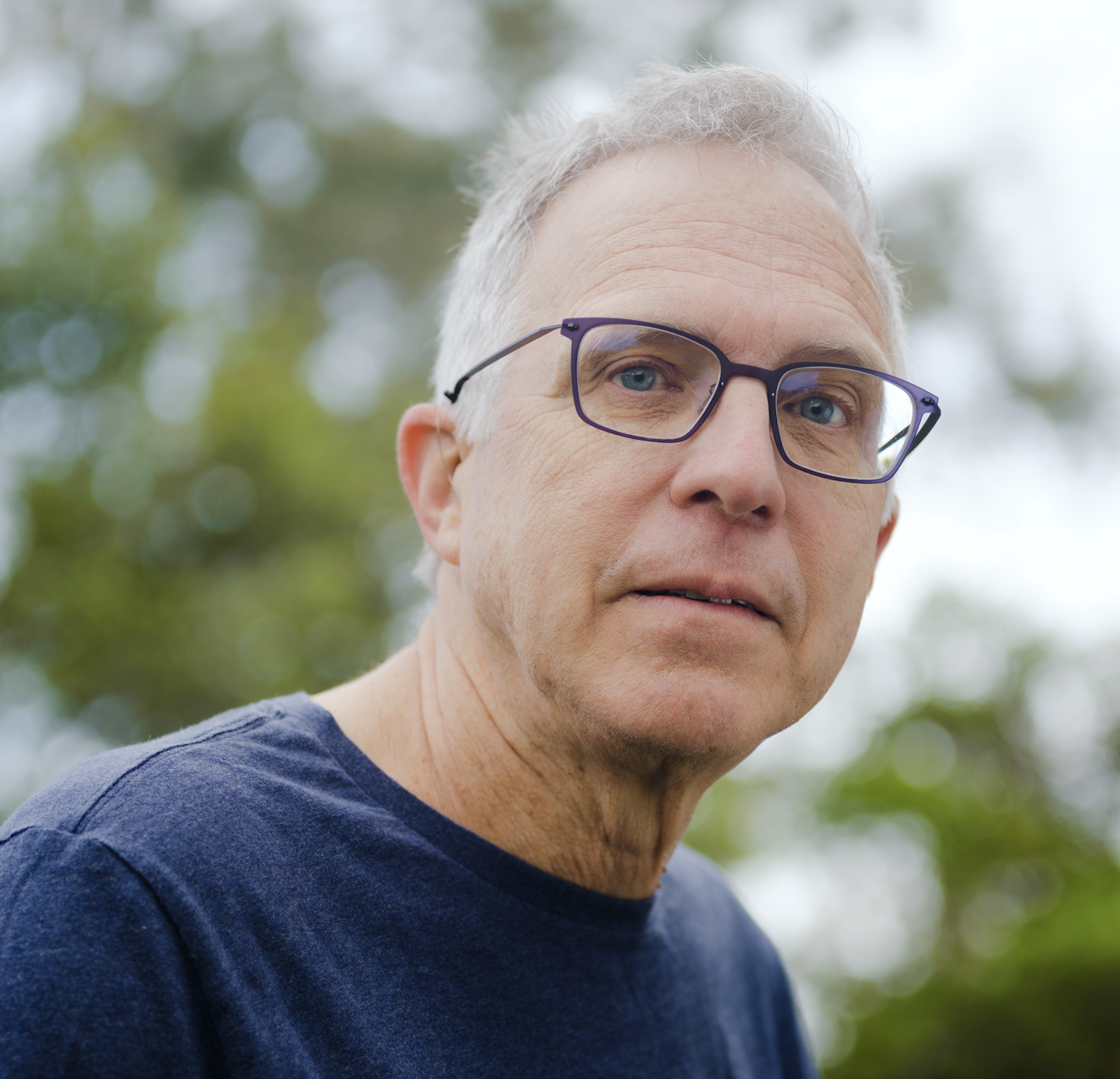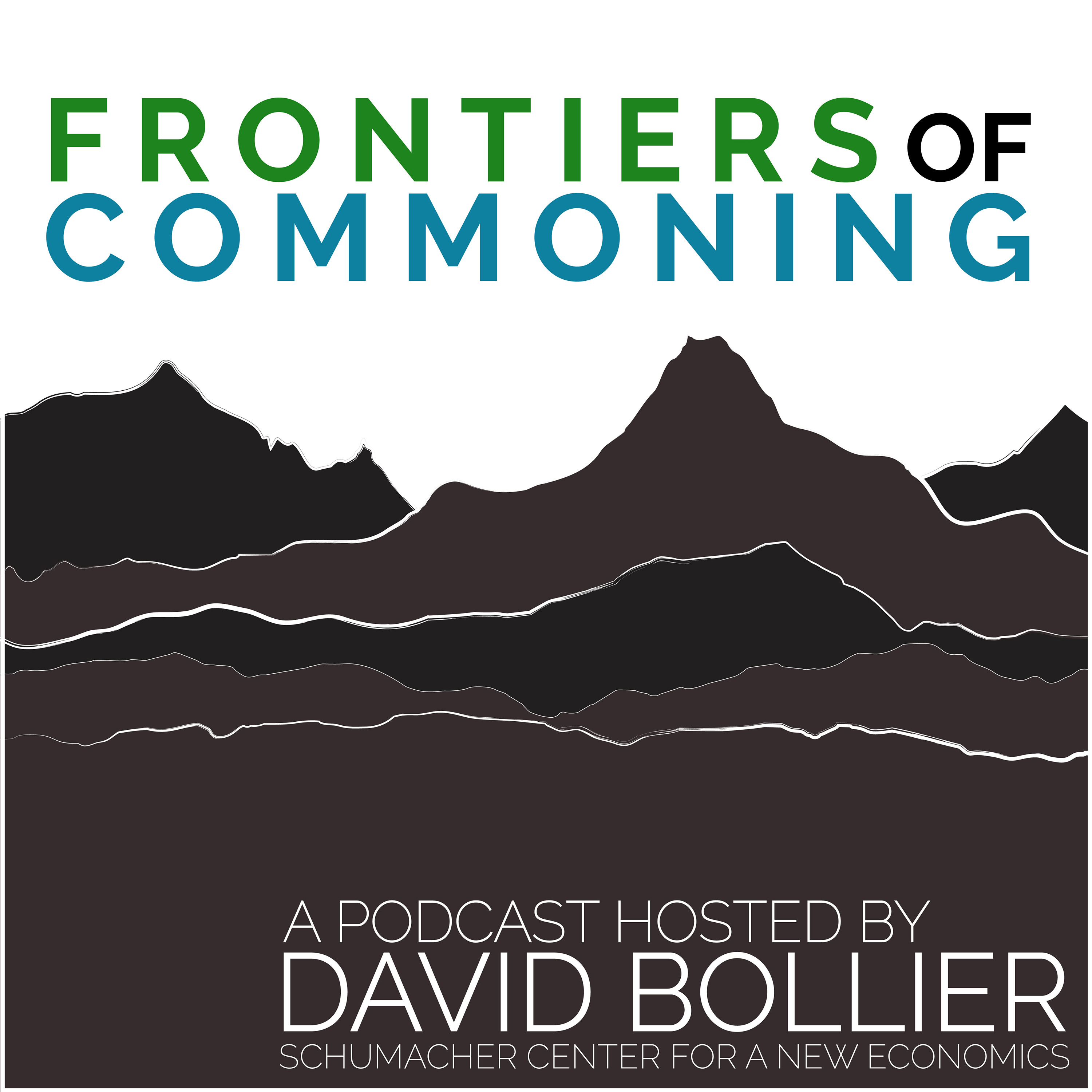The Silent Giveaway of New York City’s Internet Domain: Will De Blasio Step Up?
The election of Bill de Blasio as Mayor of New York City suddenly presents a rich opportunity to reclaim a commons-based resource that the Bloomberg administration was on the verge of giving away. I’m talking about the pending introduction of a new Internet “Top Level Domain” for New York City, .nyc.
Top Level Domains, better known as TLDs, are the regions of the Internet denoted by .com, .org and .edu. They amount to Internet “zones” dedicated to specific purposes or countries. Over the past few years, far beyond the radar screen of ordinary mortals, the little-known Internet Corporation for Assigned Names and Numbers (ICANN) – which manages TLDs -- has been pushing the idea of TLDs for cities. If Paris wants to have its own Internet domain -- .paris – it can apply for it and get it. Rome could have its own .rome and London could have .london.
New Yorker Thomas Lowenhaupt of Connectingnyc.org – a long-time advocate for treating the TLD as a shared resource – has written, “I’ve often thought of the .nyc TLD in its entirety as a commons -- that the .nyc TLD is a digital commons that we all need to protect as we today (seek to) protect our physical streets and sidewalks by not littering, and provide clean air, parks, schools, health care, fire and police protection, and the like, to our built environment so that it best serves 8,200,000 of us.”
Here are some examples that Lowenhaupt has come up with for how .nyc could make New York City more accessible and navigable:
 The idea is that Internet users could use the TLDs to access various aspects of city life by using them in creative ways. Instead of having to rely on Google to search for museums in New York (which would yield thousands of not-very-well-organized listings), you could use museums.nyc and find everything laid out more intelligently. Or if you were new to Brooklyn Heights, you could go to brooklynheights.nyc and find all sorts of civic, community and commercial website listings for that neighborhood – the library, recycling resources, parking rules, links to relevant city officials. And yes, the businesses. The possibilities are endless -- and potentially enlivening for a city.
The idea is that Internet users could use the TLDs to access various aspects of city life by using them in creative ways. Instead of having to rely on Google to search for museums in New York (which would yield thousands of not-very-well-organized listings), you could use museums.nyc and find everything laid out more intelligently. Or if you were new to Brooklyn Heights, you could go to brooklynheights.nyc and find all sorts of civic, community and commercial website listings for that neighborhood – the library, recycling resources, parking rules, links to relevant city officials. And yes, the businesses. The possibilities are endless -- and potentially enlivening for a city.


 The report consists of abbreviated versions of all ten keynote talks; brief summaries of the stream discussions; short overviews of each of the side events (with contact information for the hosts); a guide to the wiki resources on commons and economics; and an account of the Francophone network of commoners. Videos of the keynote talks have been posted
The report consists of abbreviated versions of all ten keynote talks; brief summaries of the stream discussions; short overviews of each of the side events (with contact information for the hosts); a guide to the wiki resources on commons and economics; and an account of the Francophone network of commoners. Videos of the keynote talks have been posted 
 Now we are the midst of a veritable explosion of commons mapping projects. In October alone, there have been two loud thunderclaps of activity along these lines -- the
Now we are the midst of a veritable explosion of commons mapping projects. In October alone, there have been two loud thunderclaps of activity along these lines -- the  aficionado, her most recent ink job features her pup Joey riding a blue Schwinn, tennis ball in mouth. She makes her ravioli from scratch.”
aficionado, her most recent ink job features her pup Joey riding a blue Schwinn, tennis ball in mouth. She makes her ravioli from scratch.” Kashtan notes that this is a highly complex issue, however. What is a need? How do we answer this question individually or collectively, and actually allocate resources to meet our needs? It first bears noting that much of Gandhian economics is based on his particular circumstances and those of India in the early 20
Kashtan notes that this is a highly complex issue, however. What is a need? How do we answer this question individually or collectively, and actually allocate resources to meet our needs? It first bears noting that much of Gandhian economics is based on his particular circumstances and those of India in the early 20 The truly dismaying news is that the official steward of technical standards for the Web – the World Wide Web Consortium, or W3C – plans to adopt a new set of standards, HTML5, that will let content owners add digital rights management, or DRM, to their web content.
The truly dismaying news is that the official steward of technical standards for the Web – the World Wide Web Consortium, or W3C – plans to adopt a new set of standards, HTML5, that will let content owners add digital rights management, or DRM, to their web content. 
Recent comments